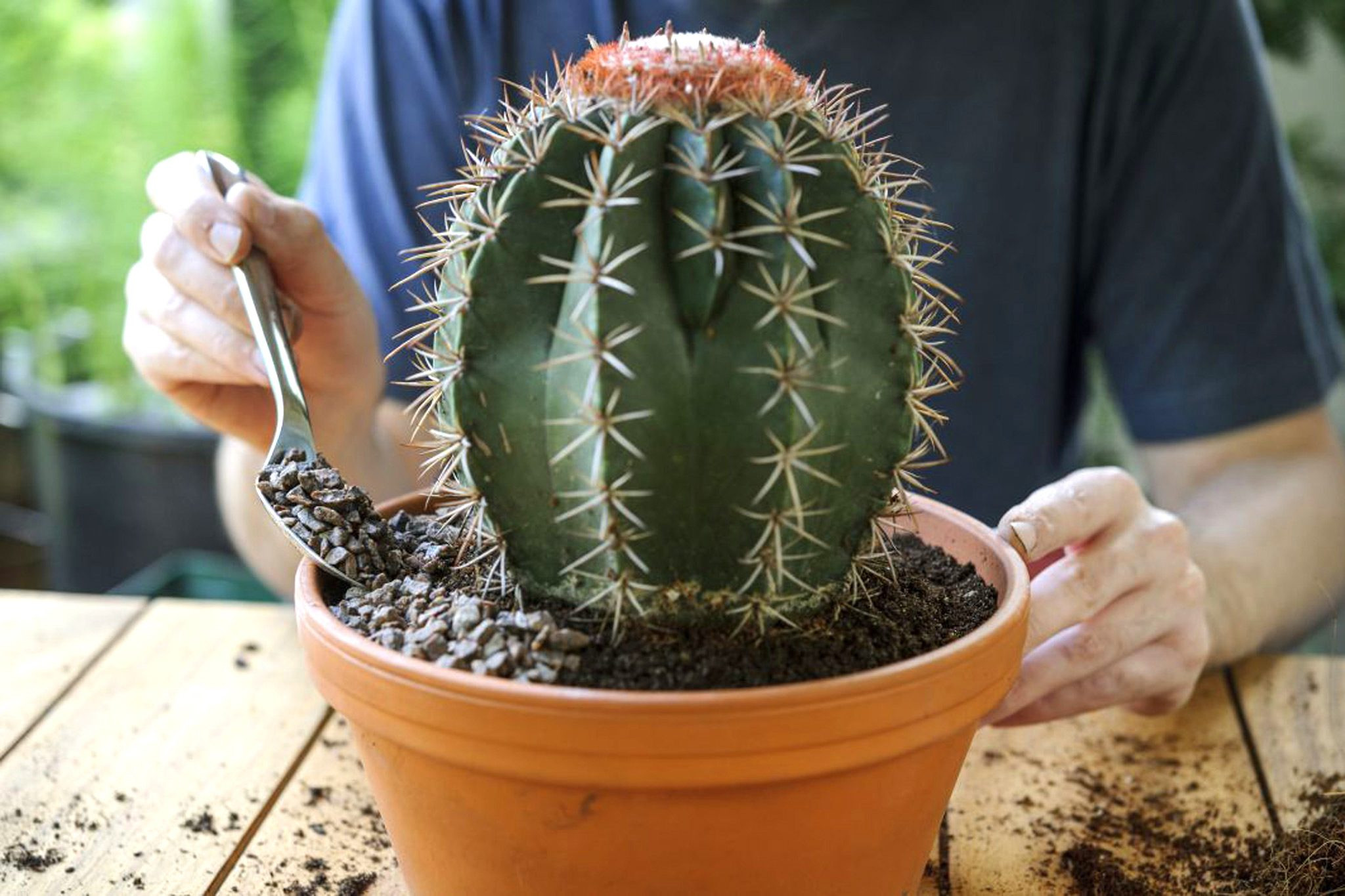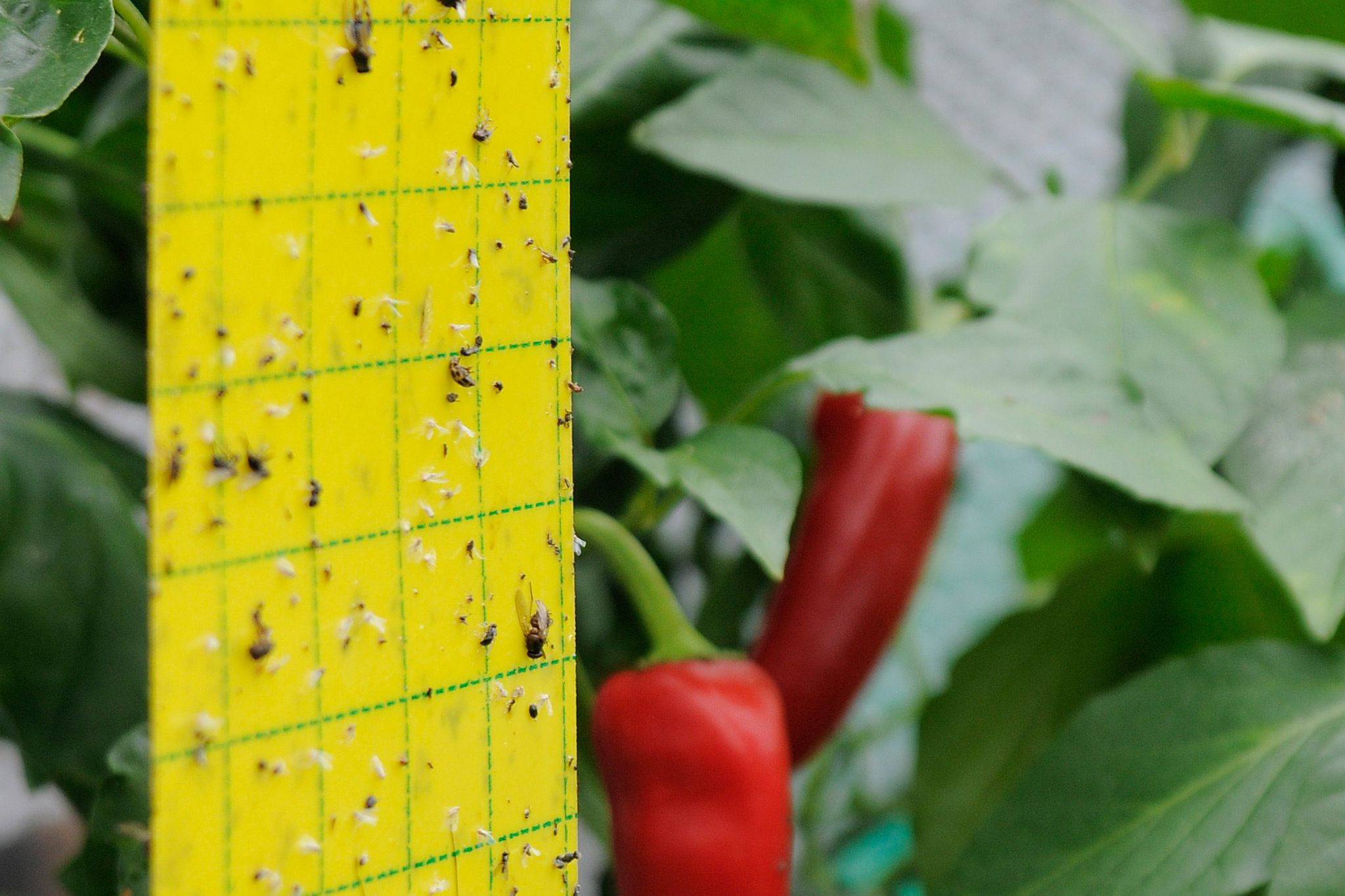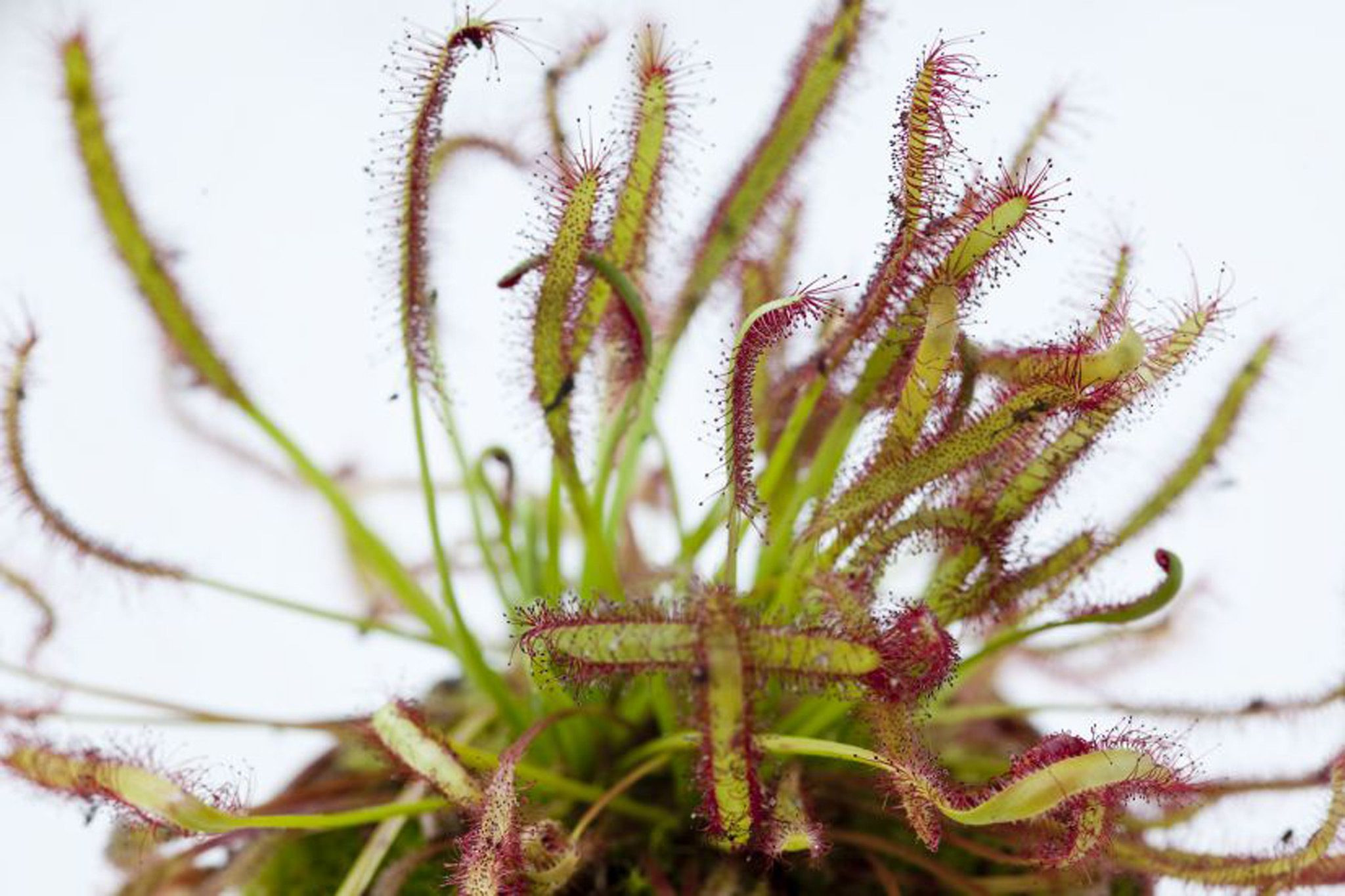Are you struggling with pesky flies buzzing around your potted plants? Getting rid of flies in potted plants naturally is possible, and flyermedia.net is here to guide you through safe, effective methods. Our comprehensive guide will help you identify, eliminate, and prevent these annoying pests without resorting to harsh chemicals. Learn how proper watering techniques, natural remedies, and preventative measures can keep your indoor garden thriving. Explore additional insights on indoor gardening, plant care tips, and effective pest control on flyermedia.net.
1. Understanding the Fly Problem in Your Potted Plants
Flies in potted plants, often fungus gnats, are a common nuisance for indoor gardeners. These small, dark flies thrive in moist soil conditions, feeding on fungi and decaying organic matter. Understanding their lifecycle and the conditions that promote their growth is the first step in effectively managing them.
1.1. Identifying Fungus Gnats
Fungus gnats are small, dark, and mosquito-like flies often seen hovering around houseplants. They are weak fliers and tend to stay close to the soil surface. The larvae are small, translucent worms with black heads, living in the soil and feeding on organic matter. According to research from the University of California Agriculture and Natural Resources, fungus gnats are more of a nuisance than a threat to plant health, but heavy infestations can damage roots and stunt growth.
- Adults: Small, dark flies resembling tiny mosquitoes.
- Larvae: Translucent worms with black heads in the soil.
- Habitat: Moist soil, especially rich in organic matter.
1.2. Lifecycle of Fungus Gnats
The lifecycle of fungus gnats consists of four stages: egg, larva, pupa, and adult. The entire cycle can be completed in as little as three to four weeks, depending on temperature and humidity. Understanding this lifecycle is crucial for effective control.
- Egg: Adult females lay eggs on the surface of moist soil or in cracks and crevices.
- Larva: The eggs hatch into larvae, which feed on fungi, algae, and decaying organic matter in the soil.
- Pupa: After feeding, the larvae pupate in the soil before emerging as adults.
- Adult: Adult fungus gnats emerge from the soil, mate, and lay more eggs, continuing the cycle.
1.3. Why Potted Plants Attract Flies
Potted plants provide an ideal environment for fungus gnats due to the consistent moisture and organic matter present in the soil. Overwatering, poor drainage, and the use of compost-rich soil mixes can exacerbate the problem.
- Overwatering: Creates a consistently moist environment that larvae thrive in.
- Poor Drainage: Prevents the soil from drying out, leading to fungal growth.
- Organic Matter: Provides a food source for larvae.
2. Natural Methods to Eliminate Flies in Potted Plants
When it comes to eliminating flies in potted plants, several natural methods can be employed. These approaches focus on disrupting the lifecycle of the flies, creating an inhospitable environment for them, and using natural predators or repellents.
2.1. Adjusting Watering Habits
How does adjusting your watering habits help eliminate flies? Adjusting watering habits is one of the simplest and most effective ways to control fungus gnats. Allowing the soil to dry out between waterings deprives the larvae of the moist environment they need to survive.
- Let the Soil Dry: Allow the top inch or two of soil to dry out completely before watering again.
- Bottom Watering: Water plants from the bottom to encourage roots to grow deeper and keep the surface soil dry.
- Monitor Moisture Levels: Use a moisture meter to accurately gauge soil moisture before watering.
2.2. Using a Gravel or Sand Mulch
Why should you use gravel or sand mulch to get rid of flies? Covering the surface of the soil with a layer of gravel or sand creates a physical barrier that prevents adult flies from laying eggs in the soil. It also helps the soil dry out faster, further discouraging larval development.
 Covering the compost with gravel
Covering the compost with gravel
Applying a gravel mulch to cover the compost, preventing flies from laying eggs and reducing moisture in the topsoil.
- Gravel Mulch: Use a 1-2 inch layer of gravel to cover the soil surface.
- Sand Mulch: Coarse sand can also be used, but ensure it doesn’t compact and impede drainage.
- Application: Apply the mulch evenly, keeping it away from the plant’s stem to prevent rot.
2.3. Sticky Traps
Are sticky traps effective for catching flies? Yes, yellow sticky traps are highly effective for catching adult fungus gnats. These traps attract the flies, which then get stuck on the adhesive surface, breaking the breeding cycle.
 Yellow sticky trap
Yellow sticky trap
A yellow sticky trap effectively catches adult fungus gnats, helping to reduce their population around potted plants.
- Placement: Place sticky traps near the soil surface or hang them among the plants.
- Color: Yellow traps are most effective as they attract fungus gnats.
- Replacement: Replace traps when they are full or lose their stickiness.
2.4. Homemade Fly Traps
What are some effective homemade fly traps? You can create effective fly traps using common household items. These traps lure and drown the adult flies, helping to reduce their population.
- Apple Cider Vinegar Trap: Pour apple cider vinegar into a small dish, add a drop of dish soap, and cover with plastic wrap. Poke small holes in the plastic wrap to allow flies in.
- Wine Trap: Leave a small amount of wine in a bottle. The flies will be attracted to the wine and drown.
- Sugar Water Trap: Mix sugar and water in a jar, add a few drops of dish soap, and place it near the affected plants.
2.5. Neem Oil
How does neem oil help in eliminating flies? Neem oil is a natural insecticide that can be used to control fungus gnats at various stages of their lifecycle. It contains azadirachtin, which disrupts insect growth and reproduction.
- Soil Drench: Dilute neem oil with water according to the product instructions and drench the soil to kill larvae.
- Foliar Spray: Spray diluted neem oil on the leaves to repel adult flies and prevent them from laying eggs.
- Frequency: Apply neem oil every 7-14 days until the infestation is under control.
2.6. Hydrogen Peroxide
Is hydrogen peroxide safe to use on plants? Yes, diluted hydrogen peroxide can be used to kill fungus gnat larvae in the soil without harming plants. It decomposes into water and oxygen, making it a safe and effective treatment.
- Dilution: Mix one part 3% hydrogen peroxide with four parts water.
- Application: Water the plants with the hydrogen peroxide solution, ensuring it saturates the soil.
- Frequency: Repeat the treatment every few days until the infestation is under control.
2.7. Cinnamon
How does cinnamon work as a natural remedy? Cinnamon has antifungal properties that can help control the fungal growth that fungus gnat larvae feed on. It also acts as a mild insecticide.
- Application: Sprinkle ground cinnamon on the surface of the soil.
- Cinnamon Tea: Brew cinnamon tea by steeping cinnamon sticks in hot water, let it cool, and use it to water the plants.
- Frequency: Reapply cinnamon every few weeks.
2.8. Diatomaceous Earth (DE)
What is Diatomaceous Earth (DE) and how does it work? Diatomaceous Earth (DE) is a natural powder made from fossilized diatoms. It is abrasive and dehydrating to insects, making it an effective control for fungus gnat larvae.
- Application: Sprinkle a thin layer of food-grade DE on the surface of the soil.
- Mechanism: DE damages the exoskeletons of the larvae, causing them to dehydrate and die.
- Safety: Use food-grade DE to ensure it is safe for plants and pets.
2.9. Biological Control
What are biological controls for fungus gnats? Biological control involves using natural predators or pathogens to control pest populations. Several biological control agents are effective against fungus gnats.
 Carnivorous sundew plant
Carnivorous sundew plant
A Carnivorous Sundew Plant effectively traps fungus gnats, helping to control their population around potted plants.
- Bacillus thuringiensis israelensis (Bti): Bti is a bacterium that produces toxins that kill fungus gnat larvae. It is available in mosquito dunk form and can be added to the soil.
- Steinernema feltiae: These beneficial nematodes parasitize fungus gnat larvae, killing them. They can be applied to the soil as a drench.
- Predatory Mites: Hypoaspis miles are predatory mites that feed on fungus gnat larvae in the soil.
- Rove Beetle Larvae: These larvae feed on fungus gnat larvae and other soil-dwelling pests.
3. Preventing Future Infestations
Preventing future infestations involves maintaining good plant hygiene and creating an environment that is less favorable to fungus gnats. Proper watering, soil selection, and sanitation are key to keeping your potted plants fly-free.
3.1. Proper Soil Selection
Why is soil selection important? Choosing the right soil mix can significantly reduce the risk of fungus gnat infestations. Avoid heavy, compost-rich mixes that retain too much moisture.
- Well-Draining Mix: Use a well-draining potting mix that contains perlite, vermiculite, or sand to improve drainage.
- Sterilized Soil: Use sterilized potting mix to ensure it is free of fungus gnat eggs and larvae.
- Avoid Garden Soil: Avoid using garden soil in pots, as it can contain pests and diseases.
3.2. Improving Drainage
How does improving drainage prevent infestations? Good drainage prevents the soil from becoming waterlogged, reducing the moist conditions that fungus gnats thrive in.
- Drainage Holes: Ensure pots have adequate drainage holes.
- Potting Material: Add a layer of gravel or pebbles at the bottom of the pot to improve drainage.
- Avoid Saucers: Avoid letting pots sit in saucers of water, as this can keep the soil consistently moist.
3.3. Plant Hygiene
What plant hygiene practices can prevent fly infestations? Maintaining good plant hygiene helps prevent the buildup of organic matter that fungus gnats feed on.
- Remove Dead Leaves: Regularly remove dead leaves and other decaying organic matter from the soil surface.
- Clean Pots: Clean pots thoroughly before reusing them to remove any residual pests or diseases.
- Ventilation: Provide good ventilation around plants to help the soil dry out faster.
3.4. Quarantine New Plants
Why quarantine new plants? New plants can introduce fungus gnats and other pests into your indoor garden. Quarantining new plants allows you to monitor them for signs of infestation before introducing them to your other plants.
- Isolation: Keep new plants isolated for 2-4 weeks.
- Inspection: Regularly inspect the soil and foliage for signs of pests.
- Treatment: Treat any infestations before introducing the plant to your other plants.
3.5. Surface Air Movement
How does surface air movement affect fungus gnats? Increasing air circulation around the soil surface can help it dry out faster, making it less attractive to fungus gnats.
- Fans: Use small fans to circulate air around plants.
- Placement: Position plants in well-ventilated areas.
- Spacing: Ensure plants are not too crowded, allowing for good air circulation.
4. Addressing Severe Infestations
In severe cases, a combination of methods may be needed to eliminate fungus gnats. Persistence and consistency are key to breaking their lifecycle and regaining control of your potted plants.
4.1. Combining Methods
Why combine different methods? Combining different control methods can provide a more comprehensive approach to eliminating fungus gnats.
- Integrated Approach: Use a combination of watering adjustments, sticky traps, neem oil, and biological control agents.
- Targeted Treatment: Tailor your approach to the specific conditions and severity of the infestation.
- Monitoring: Regularly monitor plants for signs of re-infestation and adjust your strategy as needed.
4.2. Repotting Plants
When should you repot plants? Repotting plants with fresh, sterilized soil can help eliminate fungus gnat larvae and eggs from the root ball.
- Soil Removal: Gently remove the plant from the pot and shake off as much of the old soil as possible.
- Root Rinse: Rinse the roots with water to remove any remaining soil and larvae.
- New Potting Mix: Repot the plant in a clean pot with fresh, well-draining potting mix.
4.3. Professional Help
When should you seek professional help? If you are unable to control a severe infestation on your own, it may be necessary to seek professional help.
- Consultation: Consult with a professional pest control service or horticulturalist.
- Treatment Options: Discuss treatment options and develop a plan to eliminate the infestation.
- Prevention Strategies: Get advice on preventing future infestations.
5. Common Misconceptions About Flies in Potted Plants
There are several common misconceptions about flies in potted plants that can lead to ineffective control measures. Understanding the truth behind these myths can help you take the right steps to eliminate and prevent infestations.
5.1. Myth: Flies Come from Dirty Plants
Where do flies in potted plants really come from? Flies in potted plants, specifically fungus gnats, are not necessarily a sign of dirty plants. They are attracted to moist soil and decaying organic matter, regardless of how clean the plant appears.
- Source: Fungus gnats are often introduced through contaminated potting soil or can fly in from outdoors.
- Attractants: They thrive in moist conditions and feed on fungi, algae, and decaying organic matter.
5.2. Myth: Drying Out Soil Will Harm Plants
Will drying out soil harm plants? While it’s essential to maintain adequate moisture for plant health, allowing the topsoil to dry out between waterings is unlikely to harm most plants and can significantly reduce fungus gnat populations.
- Root Health: Most plants benefit from a dry period between waterings, as it encourages deeper root growth.
- Plant-Specific Needs: Research the specific watering needs of your plants to ensure they receive the right amount of moisture.
5.3. Myth: All Flies in Potted Plants are Harmful
Are all flies in potted plants harmful? Not all flies found in potted plants are harmful. Some may be beneficial insects that prey on pests or help to decompose organic matter.
- Beneficial Insects: Predatory mites and rove beetle larvae can help control fungus gnat populations.
- Identification: Properly identify the type of flies you have to determine if they are harmful or beneficial.
5.4. Myth: Chemical Insecticides Are the Only Effective Solution
Are chemical insecticides the only effective solution to eliminate flies? While chemical insecticides can be effective, they are not the only solution for controlling fungus gnats. Natural methods, such as adjusting watering habits, using sticky traps, and applying neem oil, can be equally effective and safer for your plants and the environment.
- Natural Alternatives: Many natural methods can effectively control fungus gnats without the use of harsh chemicals.
- Environmental Impact: Chemical insecticides can harm beneficial insects and have negative environmental impacts.
6. FAQ: Addressing Your Concerns About Flies in Potted Plants
Here are some frequently asked questions to help you better understand and address the issue of flies in potted plants.
6.1. What are the tiny black flies in my potted plants?
The tiny black flies in your potted plants are most likely fungus gnats. They are small, dark, mosquito-like flies that thrive in moist soil conditions and feed on fungi and decaying organic matter.
6.2. How do I know if I have a fungus gnat infestation?
You can identify a fungus gnat infestation by the presence of small, dark flies hovering around the soil surface of your potted plants. You may also see small, translucent larvae with black heads in the soil.
6.3. Are fungus gnats harmful to my plants?
Fungus gnats are generally more of a nuisance than a threat to plant health. However, heavy infestations can damage roots, stunt growth, and cause seedlings to die.
6.4. Can fungus gnats bite humans?
No, fungus gnats do not bite humans. They are primarily interested in feeding on fungi and decaying organic matter in the soil.
6.5. How can I get rid of fungus gnats naturally?
You can get rid of fungus gnats naturally by adjusting your watering habits, using a gravel or sand mulch, setting up sticky traps, applying neem oil, using hydrogen peroxide, or introducing biological control agents.
6.6. How often should I water my potted plants to prevent fungus gnats?
To prevent fungus gnats, allow the top inch or two of soil to dry out completely before watering again. Use a moisture meter to accurately gauge soil moisture levels.
6.7. Is it safe to use hydrogen peroxide on my plants?
Yes, diluted hydrogen peroxide is safe to use on plants. Mix one part 3% hydrogen peroxide with four parts water and use it to water your plants.
6.8. Can I use cinnamon to get rid of fungus gnats?
Yes, cinnamon has antifungal properties that can help control the fungal growth that fungus gnat larvae feed on. Sprinkle ground cinnamon on the surface of the soil or use cinnamon tea to water your plants.
6.9. What is Diatomaceous Earth (DE) and how does it work?
Diatomaceous Earth (DE) is a natural powder made from fossilized diatoms. It is abrasive and dehydrating to insects, making it an effective control for fungus gnat larvae. Sprinkle a thin layer of food-grade DE on the surface of the soil.
6.10. How can I prevent future fungus gnat infestations?
You can prevent future fungus gnat infestations by using a well-draining potting mix, improving drainage, maintaining good plant hygiene, quarantining new plants, and increasing surface air movement.
7. Embracing a Fly-Free Indoor Garden
Dealing with flies in potted plants can be frustrating, but with the right knowledge and techniques, you can effectively eliminate and prevent infestations. By understanding the lifecycle of fungus gnats, implementing natural control methods, and maintaining good plant hygiene, you can enjoy a healthy, fly-free indoor garden.
Remember, persistence and consistency are key to success. Regularly monitor your plants for signs of infestation and adjust your control strategies as needed. With a little patience and effort, you can create an environment that is both beautiful and pest-free.
For more tips on maintaining a thriving indoor garden, including advice on pest control, plant care, and selecting the right potting mix, visit flyermedia.net. Flyermedia.net offers a wealth of information to help you succeed in your gardening endeavors, whether you’re a seasoned plant enthusiast or just starting out.
8. Take Flight with Flyermedia.net
At flyermedia.net, we understand the passion and dedication it takes to pursue a career in aviation. Whether you dream of becoming a pilot, engineer, or air traffic controller, we’re here to provide the resources and support you need to take flight.
8.1. Discover Top Flight Schools
Are you searching for the perfect flight school to launch your aviation career? Look no further than flyermedia.net. We offer a comprehensive directory of top-rated flight schools across the United States, including renowned institutions like Embry-Riddle Aeronautical University. Our listings provide detailed information on program offerings, faculty expertise, and career placement rates, helping you make an informed decision about your aviation education.
8.2. Stay Informed with Aviation News
Stay ahead of the curve with the latest aviation news and trends on flyermedia.net. Our team of experienced aviation journalists delivers breaking news, in-depth analysis, and exclusive interviews with industry leaders. From advancements in aircraft technology to regulatory updates from the FAA, we keep you informed about the issues that matter most to aviation professionals.
8.3. Explore Exciting Career Opportunities
Are you ready to take the next step in your aviation career? Flyermedia.net is your gateway to exciting job opportunities across the industry. Browse our extensive job board to find openings for pilots, mechanics, engineers, and more. Our career resources provide valuable tips on resume writing, interviewing skills, and networking strategies to help you land your dream job in aviation.
9. Ready to Soar? Visit Flyermedia.net Today
Don’t let pests like fungus gnats hold you back from achieving your aviation goals. Visit flyermedia.net today to discover the resources you need to succeed in the world of aviation. Whether you’re seeking flight training, industry news, or career opportunities, we’re here to help you take flight.
Address: 600 S Clyde Morris Blvd, Daytona Beach, FL 32114, United States
Phone: +1 (386) 226-6000
Website: flyermedia.net
Explore flyermedia.net now and unlock a world of aviation possibilities. Your journey to the skies starts here.
